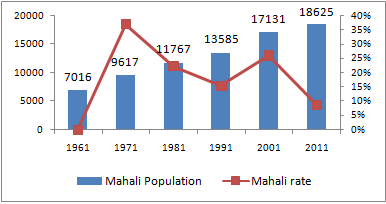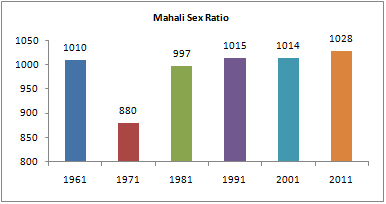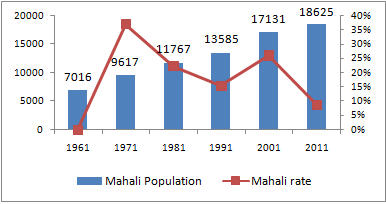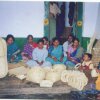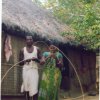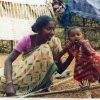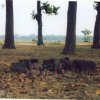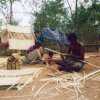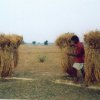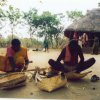A scheduled tribe of Odisha.
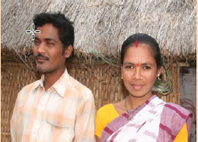
Location (Major) : Mayurbhanj, Sundergarh, Keonjhar
Language : Mahali (Mundari)
Major Occupation : Palanquin bearers, Bamboo Craft, Wage Earning
Socio-cultural Features
The Mahalis generally known for their bamboo work, have migrated from Bihar and Bengal. They sell bamboo baskets in the local markets. A few of them have taken up cultivation. They live in multi-ethnic villages. Their houses consist of two to three rooms including a cowshed. The houses are mud walled and have thatched or tiled roofs. Like the Santal they worship Marang Buru, their supreme deity, Bana Kuanri, Manreiko Tureiko, Babaji, Bad Chandi and Rang Chandi. They observe birth pollution for nine days. Both child and adult marriages are practised in their society. Bride price is in vogue. Levirate, sororate and divorce are allowed. They generally bury the dead, but now they practise cremation. This heterogeneous community is divided into five sections namely Bansphor (bamboo workers), Patar (basket makers), Sulunkhi (cultivators and labourers), Tanti (palanquin bearers) and Mahali Munda (a sub-group of the Munda tribe). There are cultural similarities between the Mahali, the Santal and the Munda tribes. Mahalis are divided into a number of exogamous and totemic clans. They organize themselves into a number of exogamous clan groups. The Mahali village council is composed of Naya, the priest, Majhi, the secular headman, Gadeat, the messenger and a few elders. The village council adjudicates disputes. They love to sing and dance in every festive occasion.
